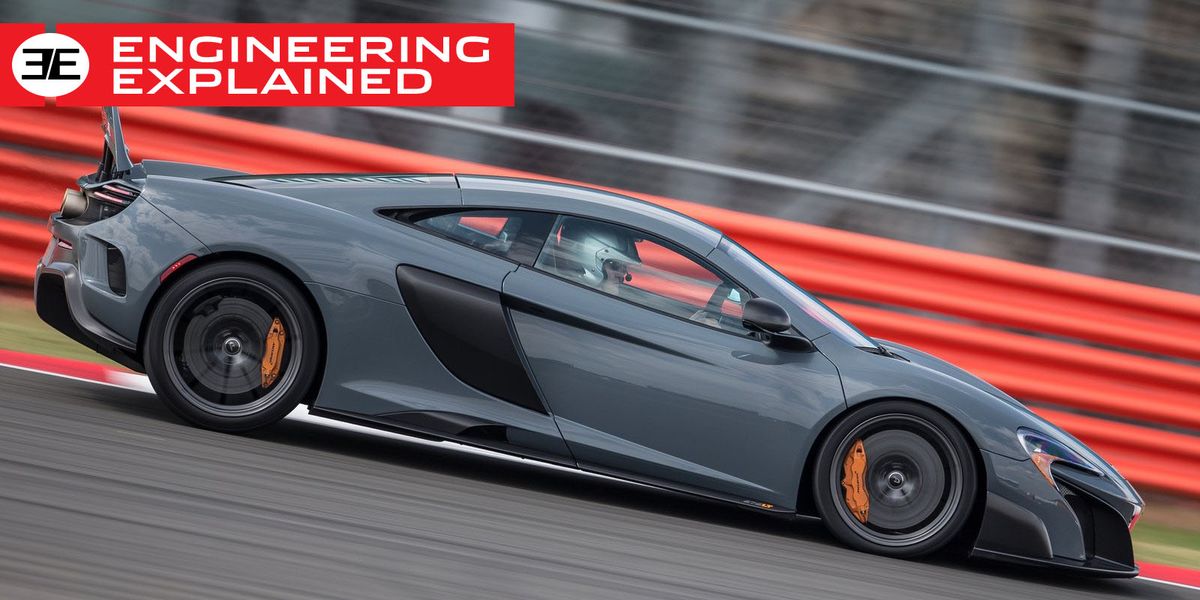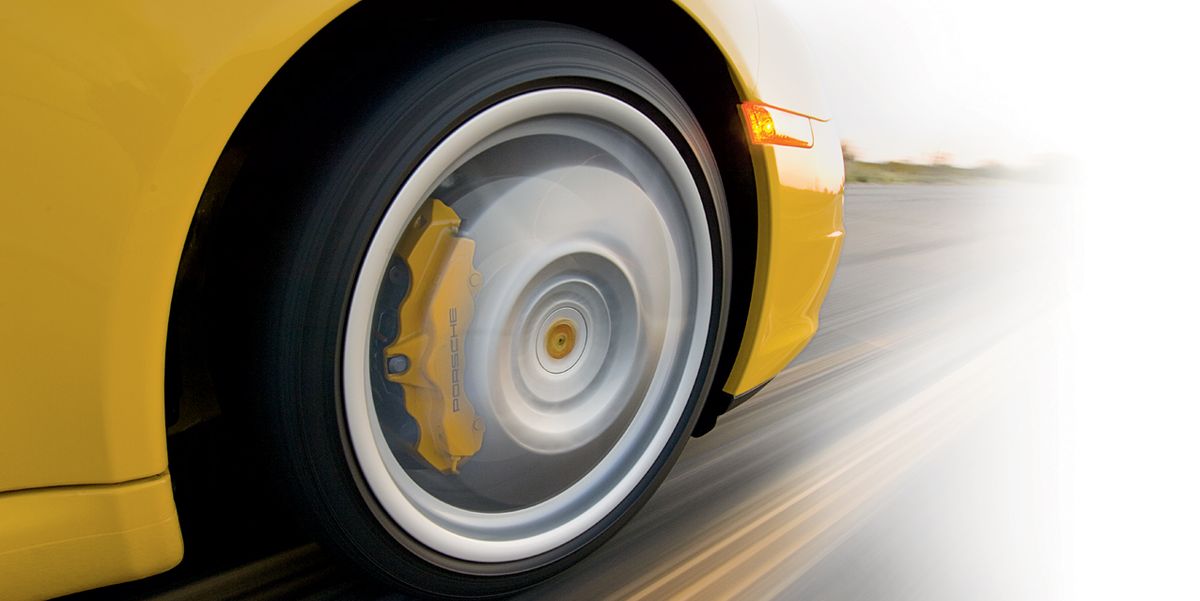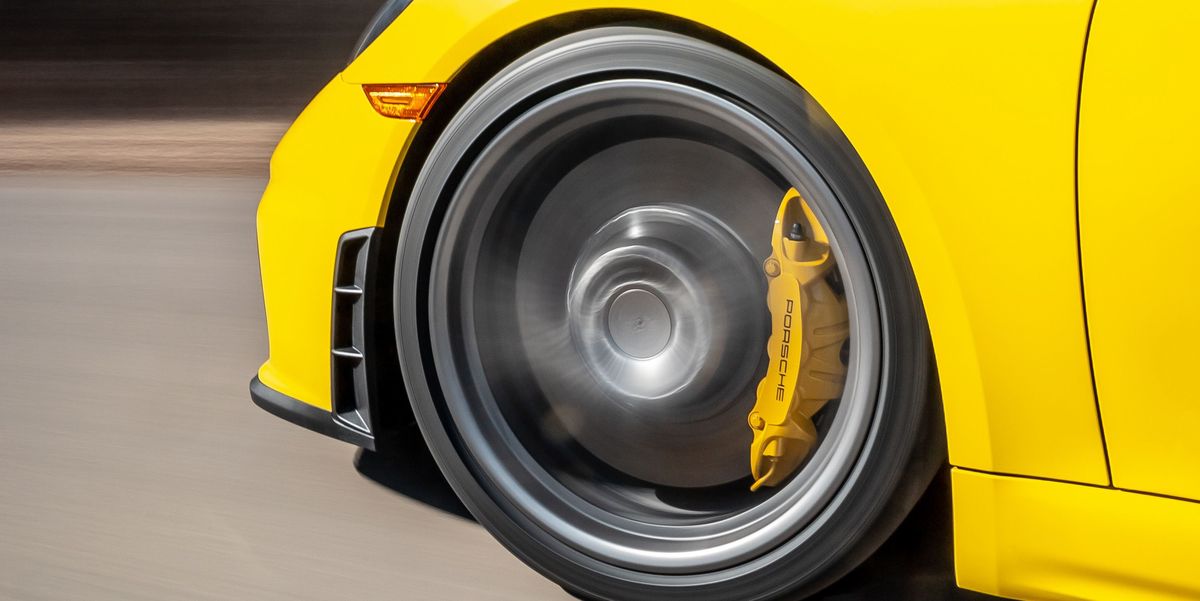Little point in continuing this conversation, you clearly never tried to brake hard with freshly installed pads/rotors
Of course I have. In fact hard braking is exactly
how you most quickly bed new pads
Your replies keep getting weirder.
, nor did you ever drive any cars where their owners never have to brake even moderately hard (like elderly relatives that only go the nearest store). Neither would engage ABS, except in low grip conditions and/or on shitty rubber.
wut?
If you're braking moderately then you can get more braking simply pressing the pedal harder- regardless of the state of how bedded the pads are or not... that has nothing to do with best braking distance.
And you
absolutely would engage ABS if the first case (hard braking on new pads/rotors) so again you aren't making any sense as reflected in physics or reality.
Sure, It's possible to massively overdesign a brake system so that it would engage ABS even on high-quality summer tires with zero pad bedding.
Not only is it possible- it's how virtually every OEM braking system has come from the factory on every production car for decades.
Do you only drive cars from the 60s with crappy drum brakes and antique pads or something? That'd explain a whole lot I guess?
Once again though don't take my word for it- here's a bunch more experts telling you you're wrong:
If you want to upgrade your brakes, start with your tires.

www.roadandtrack.com
Road and Track said:
If you drive a car that can lock up the brakes (nearly all can), then stopping distance improvements will be extremely minimal with larger, more powerful brake kits, assuming your ABS functions adequately.
Don't like Road and Track? Here's car and driver telling you the same-
From the Archive: The difference between a good set of brakes and an inferior one may come down to fade resistance. We perform comprehensive brake tests on mainstream sedans, luxury SUVs, and performance cars.

www.caranddriver.com
every car has brakes strong enough for the anti-lock system to hold its tires on the verge of lockup for at least one stop. So when a vehicle’s brakes are cold, the stopping distance is more dependent on the traction of the tires than the power of the brakes.
Or hey, since you mention Brembo!
Brembo's high performance braking systems are designed, developed and manufactured to equip the most prestigious car and motorcycles, the industrial and commercial vehicles and the most performing racing team.
www.nolimitmotorsport.com
Brembo FAQ said:
Where can I find test data on stopping distances?
At the speeds that stopping distance is generally measured from (60 to 70mph), the test is primarily testing the tire's grip on the pavement. As delivered from the manufacturer, nearly all vehicles are able to engage the ABS or lock the wheels at these speeds. Therefore, an increase in braking power will do nothing to stop the vehicle in a shorter distance. For this reason, we do not record stopping distances at this time
I eagerly await your next reply full of 1960s era braking knowledge though!
Back here in the future even "cheap OEM" brakes have gotten so good Road and Track had to add 100-0 testing to their suite because 70-0 was so rarely producing any problems or fade at all- and that was over 6 back to back stops, let alone a single one.
Braking from 100 mph is our newest test.

www.caranddriver.com
In general, I do not understand why are you arguing with a simple point "go run brake burnishing and see if it helps." It's freaking free. I'm not advocating spending $$$$, just using the option already embedded with the car.
I'm not arguing it may help the FEEL of the brakes. It certainly might-- and might also help their longevity.
What it will NOT help with is stopping any shorter, because physics.
In general I do not understand why you keep arguing about that, despite every available source showing you're wrong (or at least working from decades-out-of-date assumptions about OEM brakes)





